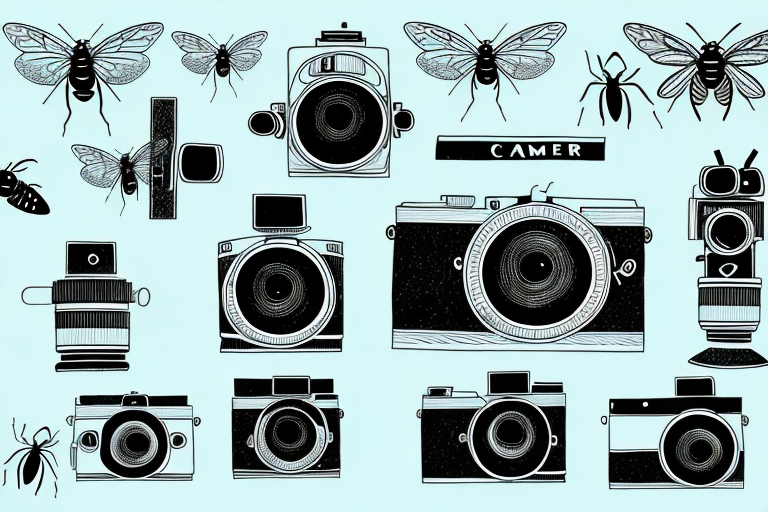Choosing the Right Lens for Capturing Insects
When it comes to insect photography, the choice of lens is crucial. The right lens can make all the difference in capturing stunning images of these tiny creatures. But with so many options available, how do you know which lens is the best for this particular genre of photography?
First and foremost, you’ll want to consider a macro lens. Macro lenses are specifically designed for close-up photography and offer high magnification, allowing you to capture the intricate details of insects. They come in different focal lengths, typically ranging from 50mm to 200mm, each suited for various shooting scenarios.
Another important factor to consider is the lens’s focal length. A longer focal length, such as 100mm or 150mm, provides more working distance between you and the insect. This extra distance helps prevent spooking the insects and allows you to keep a safe distance from potentially harmful creatures. On the other hand, shorter focal lengths, like 50mm or 60mm, offer a wider field of view and are great for photographing insects in their natural habitats.
Furthermore, the aperture capability of the lens should not be overlooked. A wide maximum aperture, represented by a small f-number, allows for a shallower depth of field. This can create striking images with a blurred background, making the subject truly stand out. It is crucial for isolating insects from distractions within their environment.
Lastly, consider image stabilization. Insect photography often requires shooting in challenging conditions, such as low light or handheld situations. Image stabilization technology can help compensate for camera shake, resulting in sharper images. While not essential, it certainly adds value to your lens, particularly if you plan on shooting without a tripod.
Additionally, it is important to consider the lens’s minimum focusing distance. This refers to the closest distance at which the lens can focus on a subject. Insect photography often requires getting up close to capture the intricate details of these tiny creatures. Therefore, a lens with a shorter minimum focusing distance, such as 1:1 magnification, can be advantageous in capturing sharp and detailed images.
Another factor to take into account is the lens’s optical quality. Look for lenses that are known for their sharpness, clarity, and minimal distortion. This will ensure that your insect photographs are of the highest quality and accurately represent the intricate features of these creatures.
Essential Features to Look for in a Lens for Insect Photography
When searching for the best lens for insect photography, there are several essential features you should look out for. These features will not only enhance your overall photography experience but also ensure you capture breathtaking images of insects.
One important feature is a fast and accurate autofocus system. Insects are known for their quick movements, so having a lens with a reliable autofocus system is paramount. Look for lenses with advanced autofocus technologies, such as ultrasonic or linear motor systems, which provide quick and precise focusing.
Weather resistance is another crucial feature to consider. Insects are often found in outdoor environments, and being able to shoot in various weather conditions can significantly expand your opportunities. Look for lenses with weather-sealed construction, ensuring protection against dust, moisture, and the occasional rain shower.
Optical quality should also be a top priority. A lens with superior optical performance will deliver sharper images with minimal distortion and aberrations. Look for lenses constructed with high-quality glass elements and advanced lens coatings to reduce flare and improve contrast.
If you plan on photographing insects in flight, consider a lens with a long minimum focusing distance. This will allow you to capture insects in motion while still maintaining sufficient sharpness. Look for lenses with a close focusing distance of around 1 meter or less.
Finally, consider the weight and size of the lens. Insect photography often requires patience and long hours of shooting, so having a lightweight lens can make a significant difference in terms of comfort and mobility. Look for lenses that strike a balance between portability and optical performance.
Another important feature to consider when choosing a lens for insect photography is image stabilization. Insects are often found in environments with low light conditions, such as dense foliage or during dusk and dawn. Having image stabilization in your lens can help compensate for camera shake and allow you to capture sharp images even in challenging lighting situations. Look for lenses with built-in optical stabilization or consider using a tripod or monopod for added stability.









